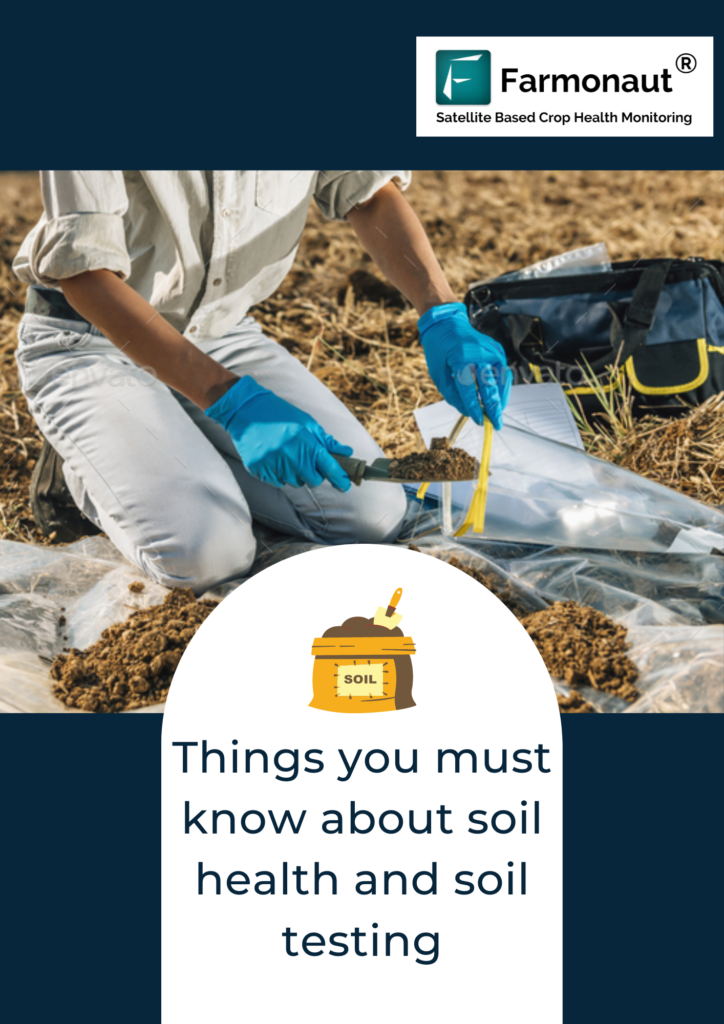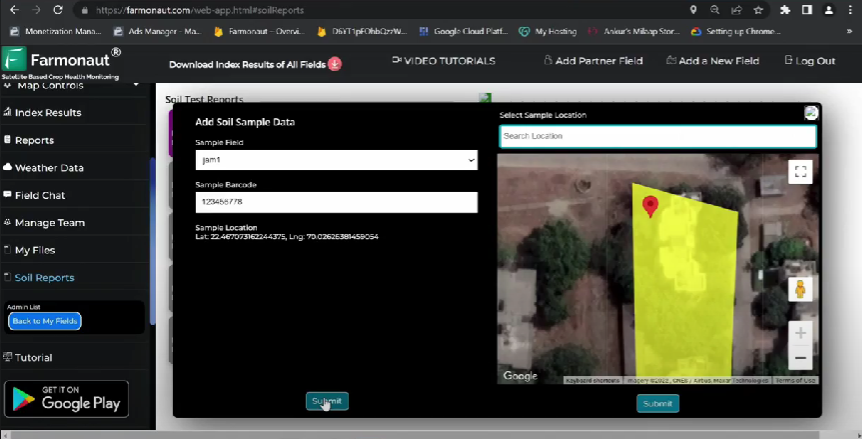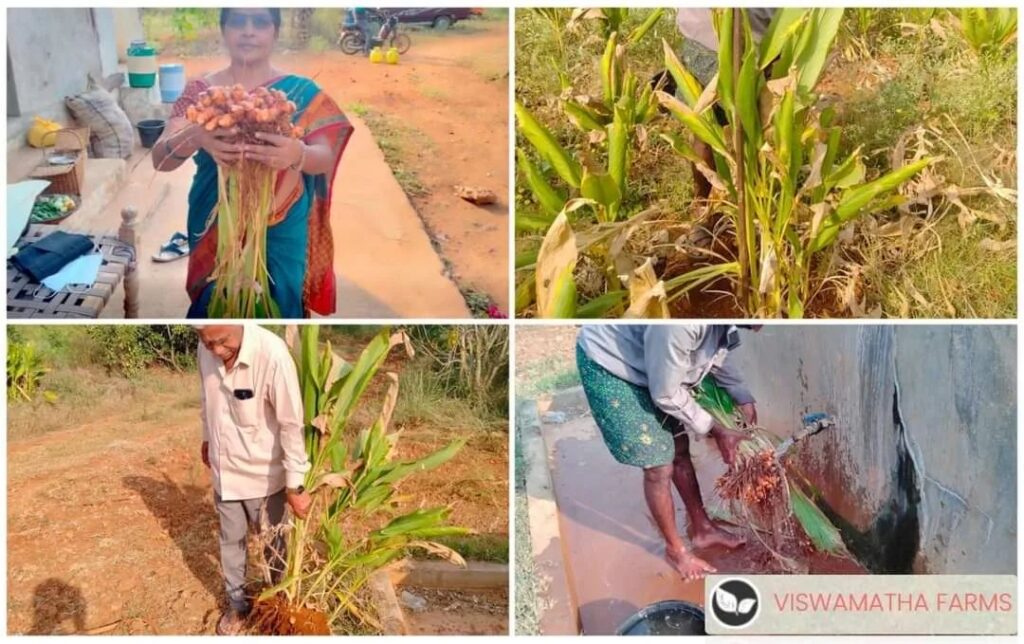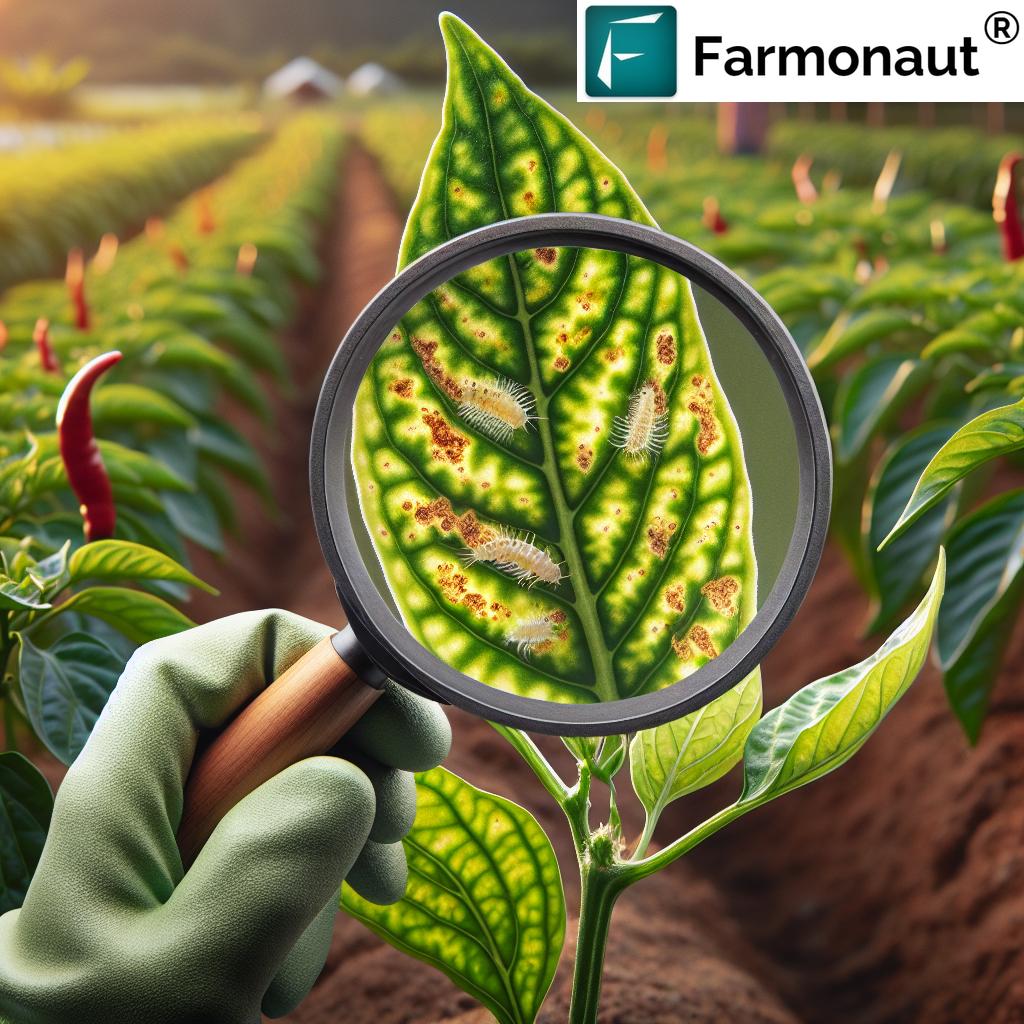
Soil Testing : Introduction
Soil tests are conducted on one or more varieties of soil for knowing the health of soil or to analyze various possible soil parameters. Soil testing is majorly performed in Agriculture and construction industries to possibly know the health and to get better results. However, in India agriculture isn’t much aware about the importance of soil testing for crop health and soil health.
The parameters involved in soil testing are Soil temperature, Soil pH, Nutrients such as N, P, Mg, K, Cl, etc.
Importance of soil testing in agriculture
In agriculture, 60% of crop yield depends on soil fertility which accounts into making sure of the good quality of soil. With better quality results in better yield of crops. Some other importance of soil testing can be as follows:
Know the current health of soil and improve it: Testing reports provides various soil parameters which would be helpful to know the condition and add on the required nutrients or maintain the soil moisture as well. Eventually results in better soil fertility and higher yield.
Avoid soil erosion, degradation, etc: With each year soil fertility has been decreasing due to erosion which has caused imbalance in soil management. Also, soil degradation affects the livelihood and health of people. However, Soil restoration is a costly and time consuming process hence, soil management is the efficient and effective way of maintaining soil conditions.
Minimize the use of fertilizers: Excess use of fertilizers can degrade the soil quality and fertility. With soil reports excess use of fertilizers can be avoided.
Decrease the cost: Unawareness of excess fertilizers used in the farms, the cost of fertilizers and labor increases. It can be reduced by knowing the required amount of fertilizers.
Maintain uniformity in nutrients across fields: the soil testing provides all the nutrients data as well which gives an idea to the farmers on what nutrients are to be used. Soil samples from different locations on farms would help to maintain uniformity in the soil nutrients along the field.
Improve in yield: Knowing all the parameters of soil would result in better soil quality and improve the yield.
SOIL SAMPLING
Soil sampling is done by the farmers by collecting the soil samples from different locations on the farms. It is basically the soil collected from different locations of the farms (based on the area) and sent to the labs for knowing the nutrients and soil health. The soil must be clean from plants and must be taken from a depth of 6-12 inches (varies according to the test).
What FARMONAUT offers?
Farmonaut, along with crop health monitoring, has introduced a feature to reduce the work of farmers and help them in efficient soil testing procedures. Soil reports can be obtained by the Farmonaut platform. The feature is currently available on the web application of Farmonaut, they have been working to provide the same on mobile application as well. The farmers already associated with Farmonaut have been using this feature for soil testing their farms. They have also been providing the services to businesses and individual farmers as well. Troforte Innovations is an example of using this feature for their farmers in collaboration with Farmonaut.
The soil testing would as follows:
COLLECTION OF SOIL: The farmer must collect the soil from his/her farm from different locations in the bags. The bags provided have barcodes with 8-10 digits on them for digital use.
FORWARD THE SAMPLES: The bags are sent to the soil testing Labs for soil testing.
TESTING THE SOIL: Soil testing Labs performs multiple tests nearly 10-15 tests. The tests help to identify various parameters such as pH, EC (electric conductivity), Carbon content, Saturation percentage and Nutrients like Potassium, Nitrogen, Magnesium, Phosphorus, etc.
UPLOADING THE RESULTS: The result of soil tests were obtained manually by the farmers. Farmonaut has made it easier through technology which provides the data digitally on their devices. The soil testing labs can upload the results of the tests through API endpoint which then will match with the barcode added by the farmers in order to display the results on their device.
EASY ACCESS TO RESULTS: The access to the soil tested data can be gained by scanning the barcodes on the bag. The farmer/user have to add the field and the soil sample information which includes 3 data points as shown in the figure below:
Select the field: The field must be selected from the fields that have already been marked/geotagged by the user.
Barcode: The barcode can be scanned or barcode number can be typed by the user.
Sample Location: The user has to select the location on the map from where the soil sample was taken.

The platform has an option “REPORTS” which displays the soil results and also helps to add the soil sample data as above. After adding the field if the results of the test are available it shows Purple color otherwise gray if results are not available.

The reports that are obtained from the testing labs included more than 100 parameters. Also, the user can easily search for the parameters they need.
conclusion
Soil fertility has been a major issue over the past years in agriculture production. Soil sampling is done by the farmers from their farms which is then sent to testing labs. The reports generated were manually sent to the farmers which may take more than a day. To overcome this, Farmonaut has come up with a service that provides data with ease to the farmers on their devices just by a few clicks.












